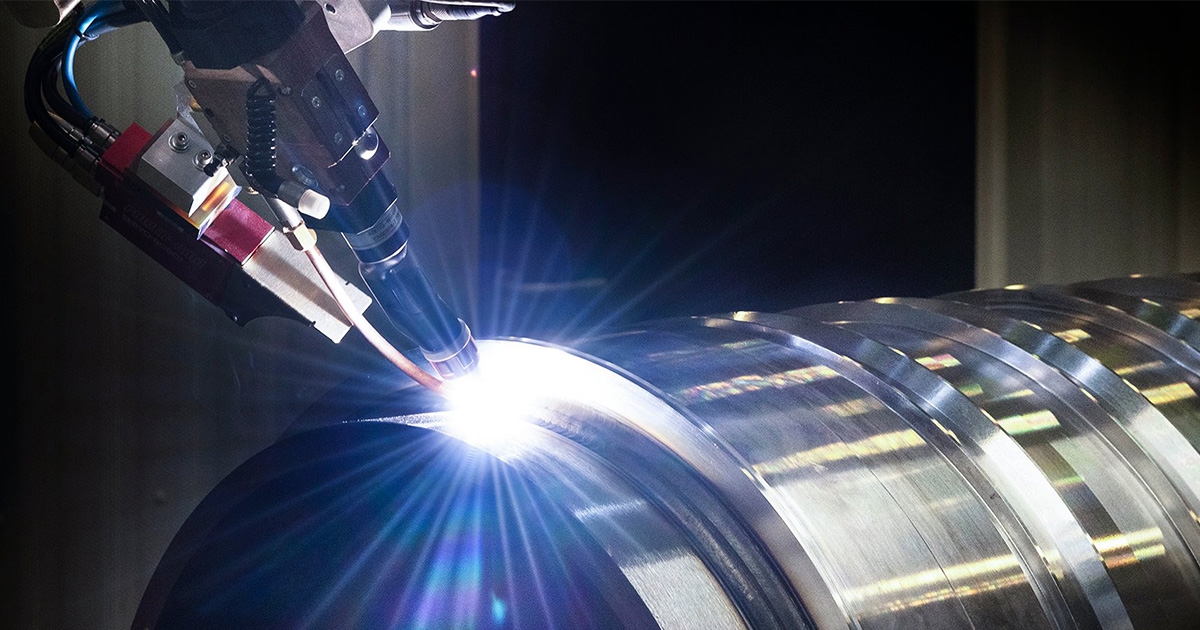Welltec Initiates Large-Scale Testing of Materials for Project Greensand

Welltec, a global hi-tech solutions provider for the energy industry, has begun extensive testing to identify optimal materials for Project Greensand, an initiative that will store CO2 in the subsurface of the North Sea.
Project Greensand is the most mature project of its kind in Denmark, with the potential of storing up to 1.5 million tons of CO2 per year by the end of 2025, and up to 8 million tons of CO2 per year by 2030. The consortium behind Project Greensand consists of 23 different Danish and international partners who all work to deliver a significant contribution to the green transition in Denmark.
The launch of Welltec’s newly developed Test Flow Loop – a test installation of 18 x 5 meters – provides the setting for essential corrosion testing, where the performance of five different materials will be compared in a controlled environment.
“We recreate the subsea environment of the North Sea and expose the materials to that environment for a long period, so we find out which materials are best suited to function over time,” says Linda Nolting Kristensen, Technology Innovation Lead at Welltec.
Test in two phases
To identify the final materials, Welltec has designed two test phases. In the first phase, five different materials are tested, and the results will form the basis for further qualification later in the project. Ultimately, these tests will be decisive in the recommendation of which materials Project Greensand should proceed with for the crucial casing pipes, which run all the way down to the reservoir of sandstone 1,800 meters below the seabed.
“At Welltec, we are happy and proud to be part of Project Greensand. We have made a meaningful investment in our Test Flow Loop, and also gained valuable experience in the energy transition. It is an important area for us – both for our business and equally for our desire to contribute to reducing CO2 emissions through CO2 storage,” says Kristensen.
Thorough testing is paramount to Project Greensand
Welltec's work is another step forward in Project Greensand, where tank containers, ships, and developed designs for the pump systems that will transport CO2 down to the sandstone reservoir have already been secured. As before, safety is paramount, and it is crucial that the new casing pipes are subject to rigorous testing.
“We look forward to following the testing process at Welltec closely. They have extensive experience in offshore pipes, and we are sure that they can take on the task so that we can reach the goal together. It is crucial for us that we select the right materials for the dedicated CO2 injection wells for Project Greensand, so that in the future we can store CO2 safely in the Danish subsea,” says Søren Reinhold Poulsen, Project Director for Project Greensand.
In connection with the pilot project for CO2 injection, Project Greensand expects to test the first storage of CO2 in the subsurface of the North Sea around the end of the year.
About Project Greensand
The consortium consists of 23 companies and organizations that collaborate to deliver a significant contribution to the green transition in Denmark through the storage of CO2 under the seabed in the North Sea. In December 2021, the EUDP awarded Project Greensand DKK 197 million with a view to developing and demonstrating CO2 storage in the North Sea. The project is currently in the pilot phase - phase 2 - where the storage process is developed, demonstrated, and monitored.

